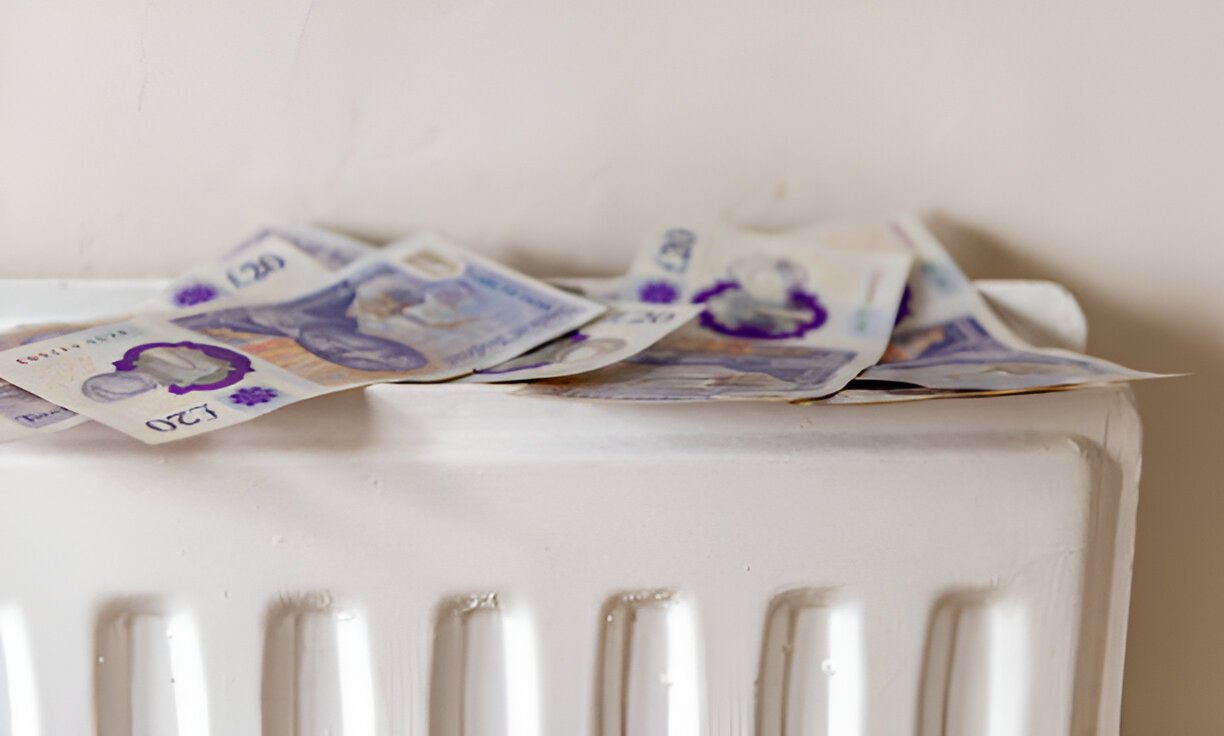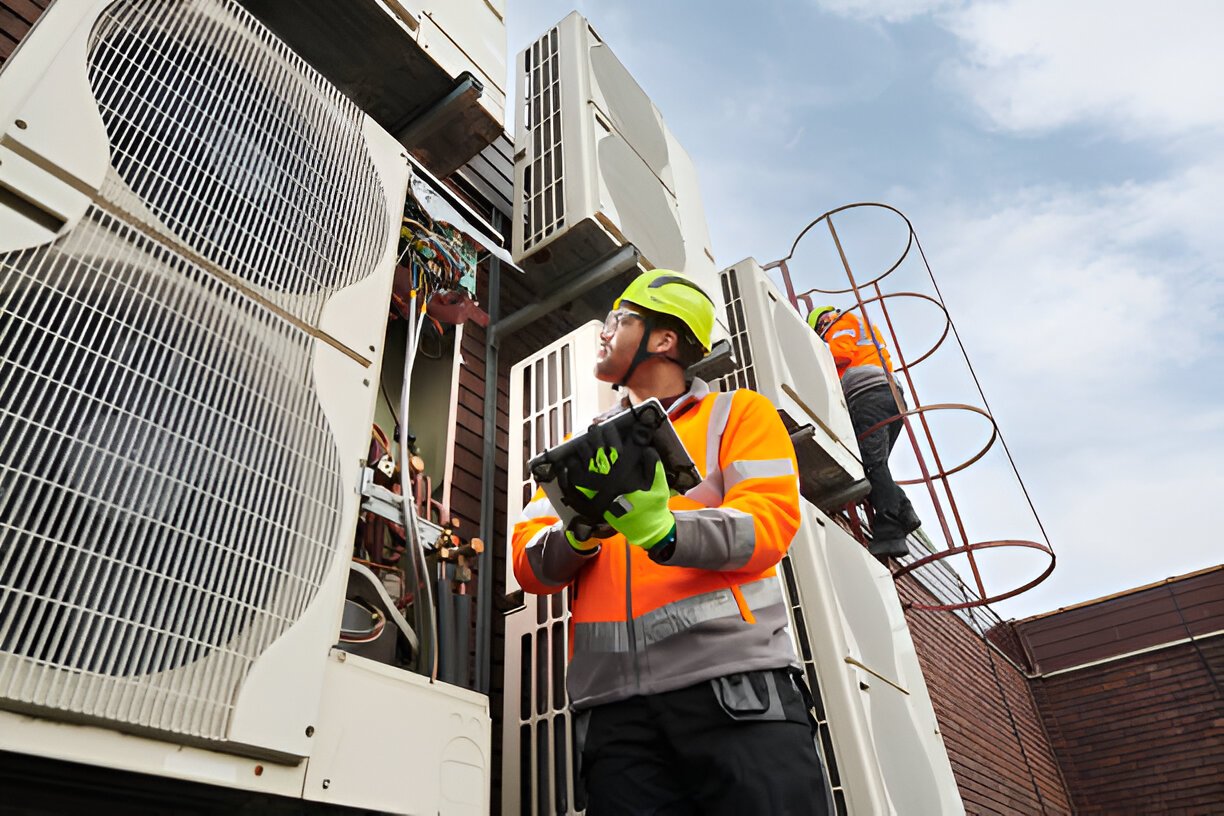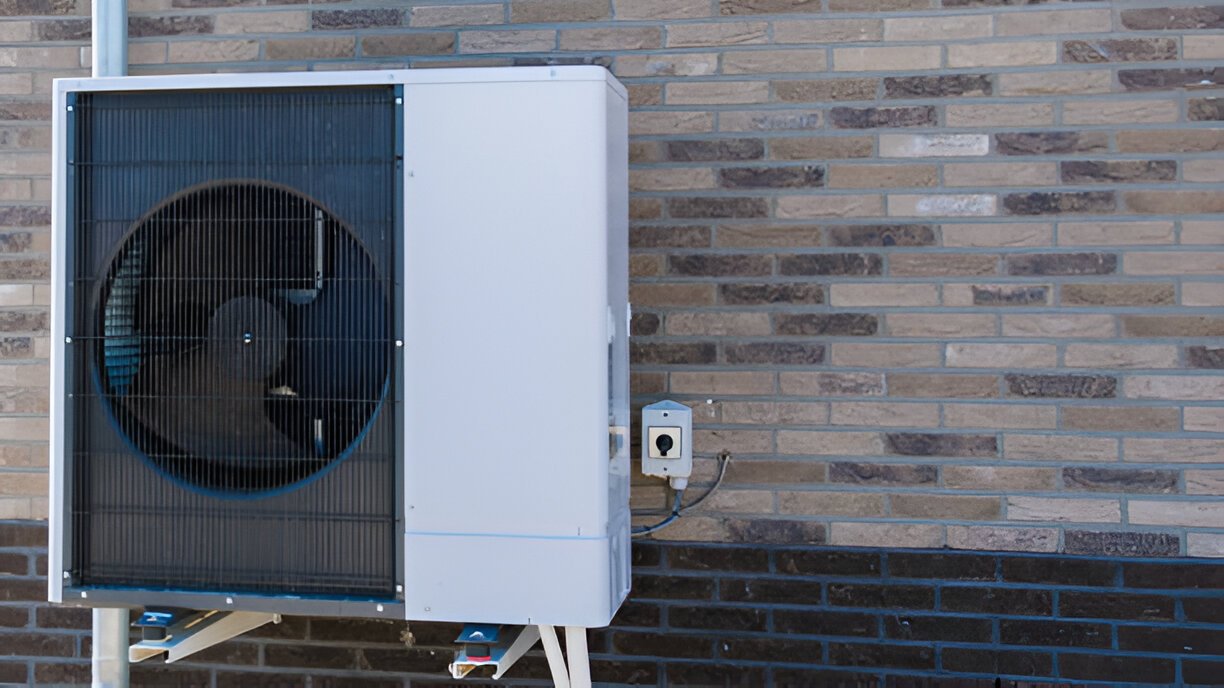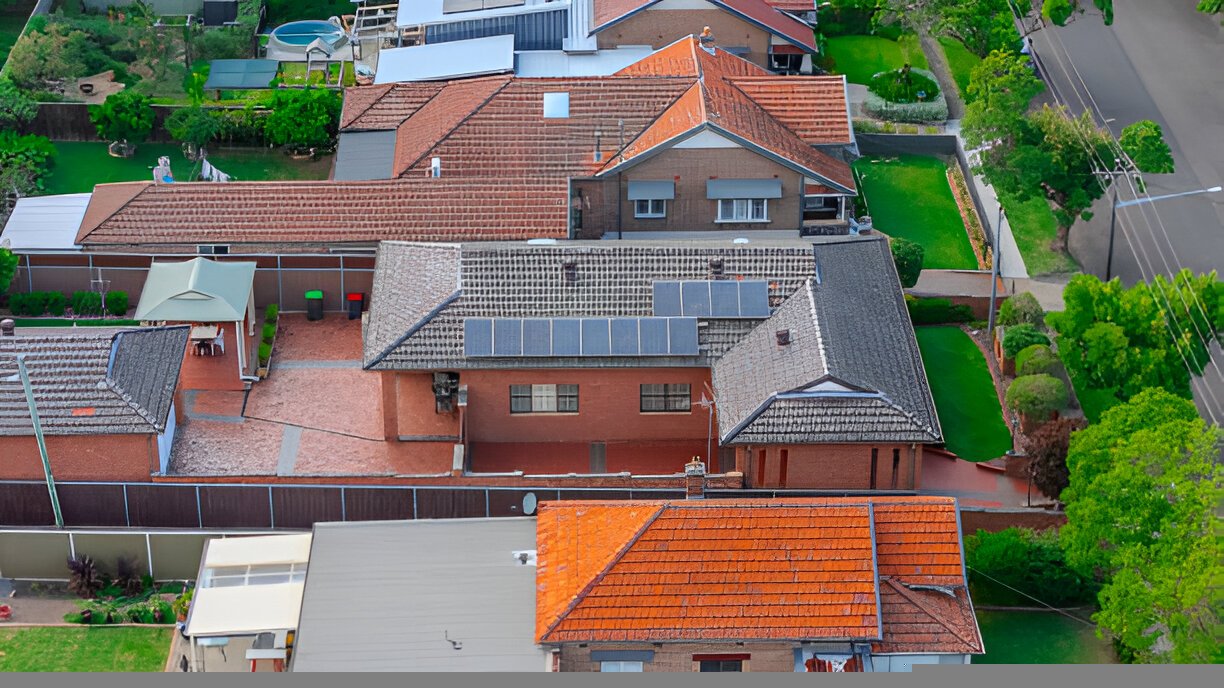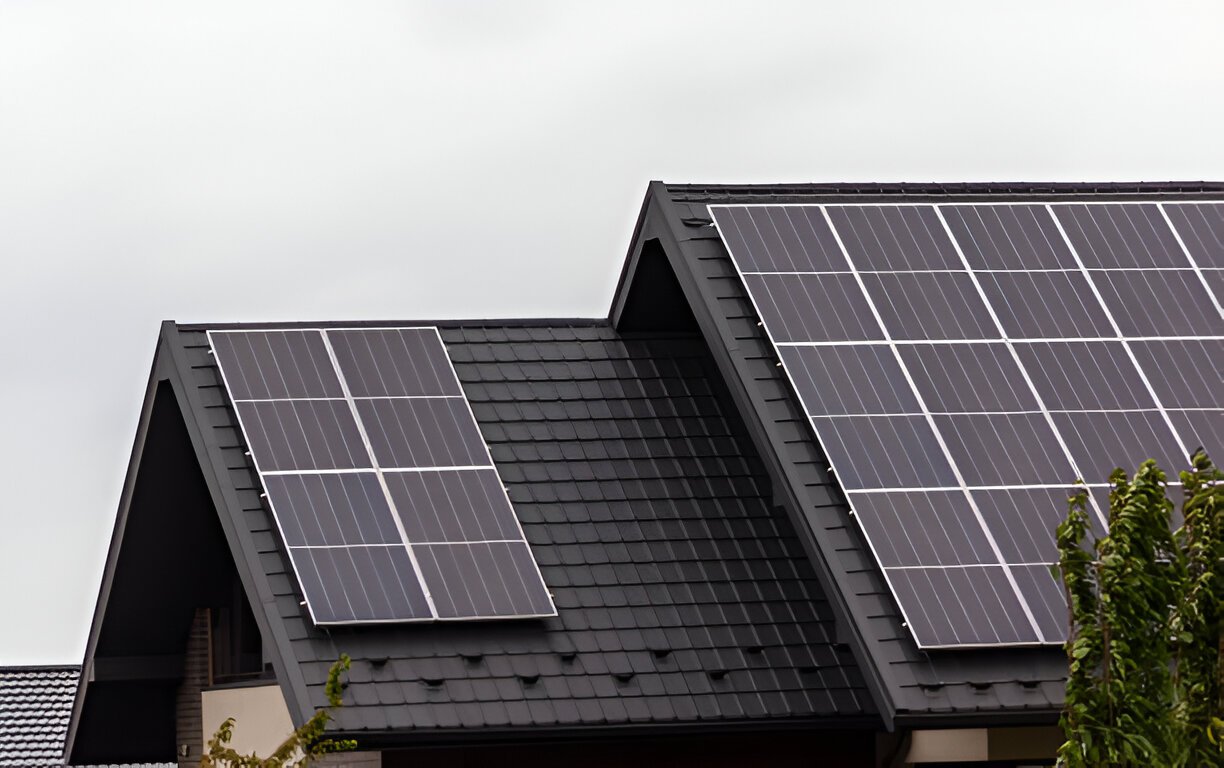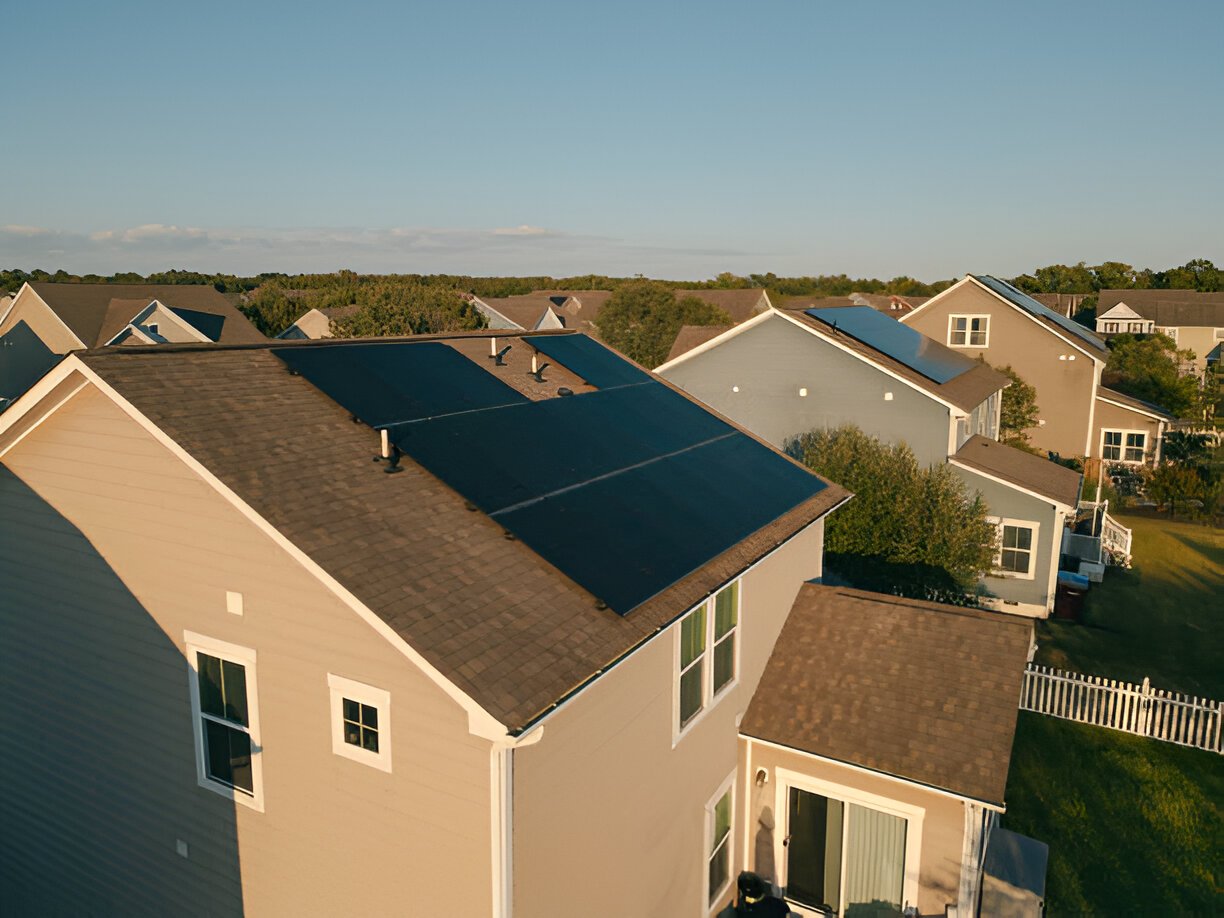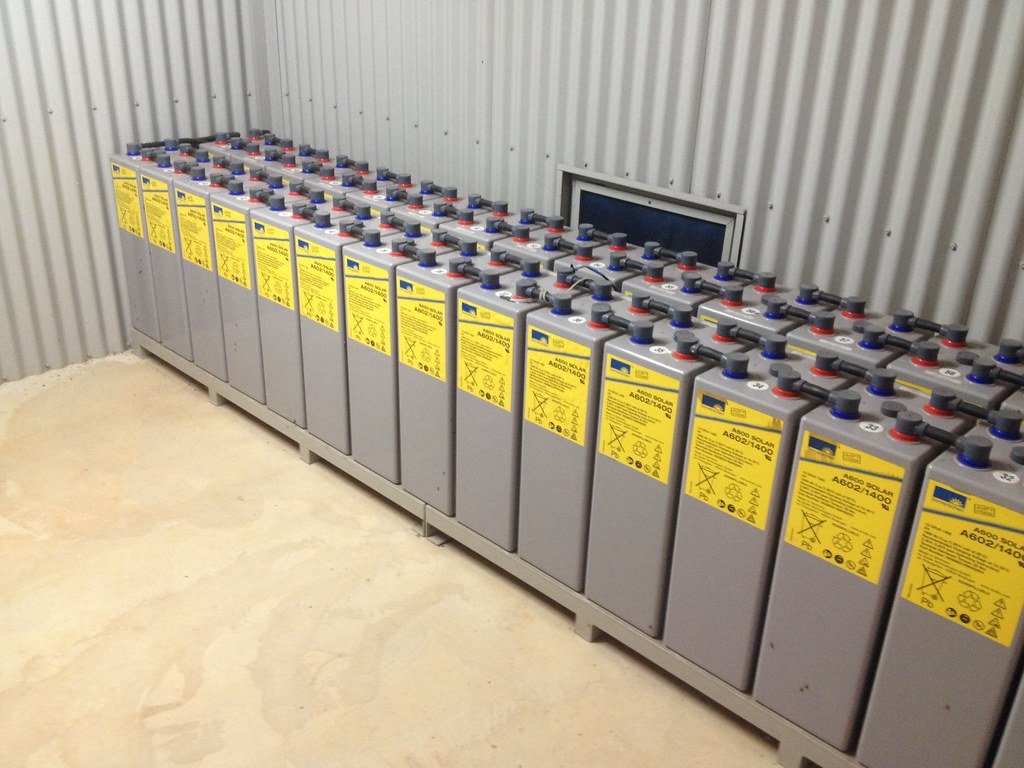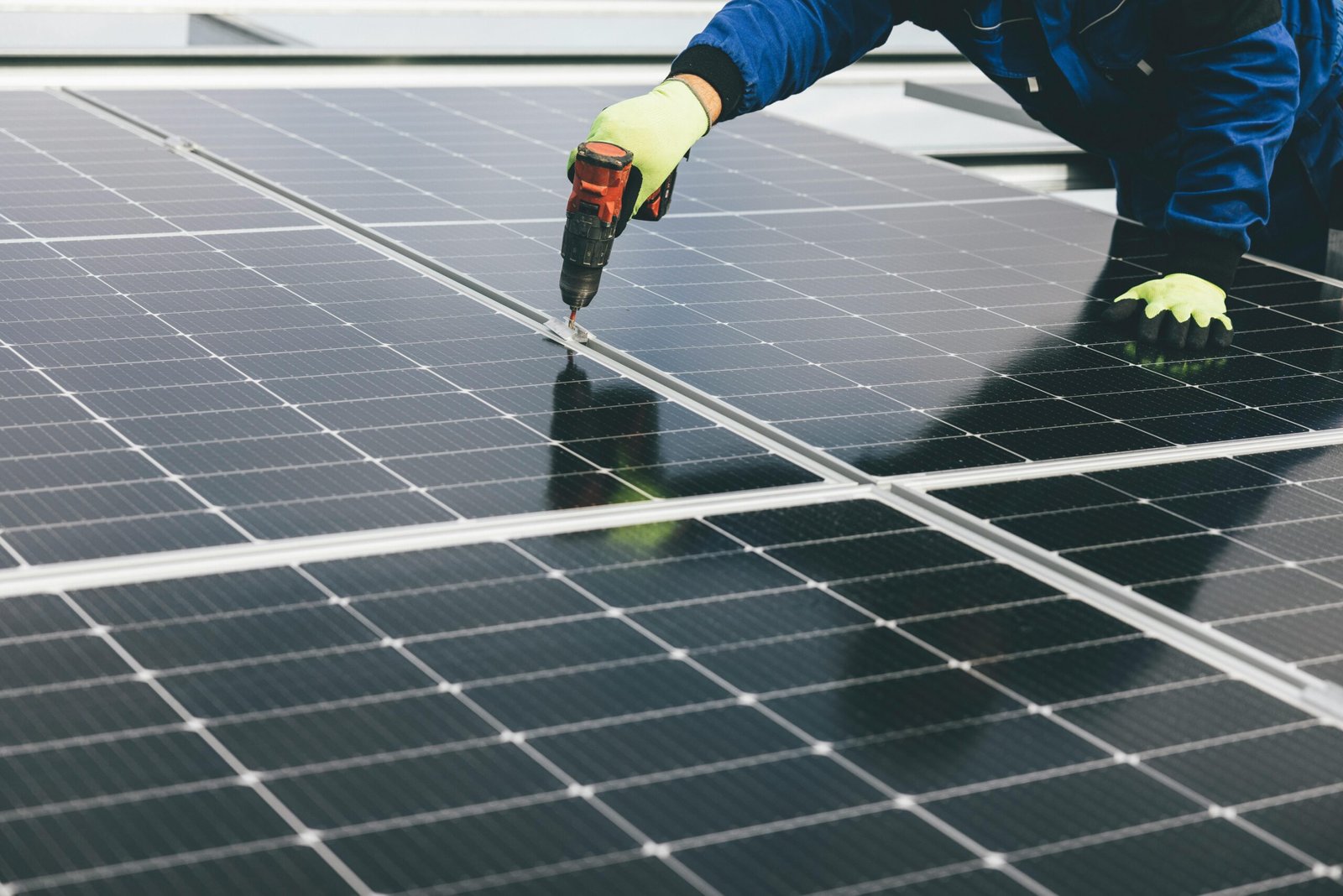Solar PV systems have been gaining a lot of traction over the past few years. The popularity is thanks to an increased awareness about climate change and the advancement in solar technology.
Solar photovoltaic cells turn sunlight into electricity wherever installed. decades ago, solar power was used for calculators and other small gadgets. Now, solar power is powering entire factories, power plants, houses, and even residential parks.
In the UK, the weather is quite diverse. In the North, the winters are colder than the South. There are also areas that experience extreme events like windstorms and hailstorms.
The weather conditions can impact how well solar panels work. And understanding how different weather conditions affect your system is important. While weather and PV performance go hand in hand, knowledge about weather and energy production can help you secure your photovoltaic systems.
In this article, we’ll break down key facts about how solar panels or PV modules perform in certain weather events and what you can do to keep them running smoothly in any climate.
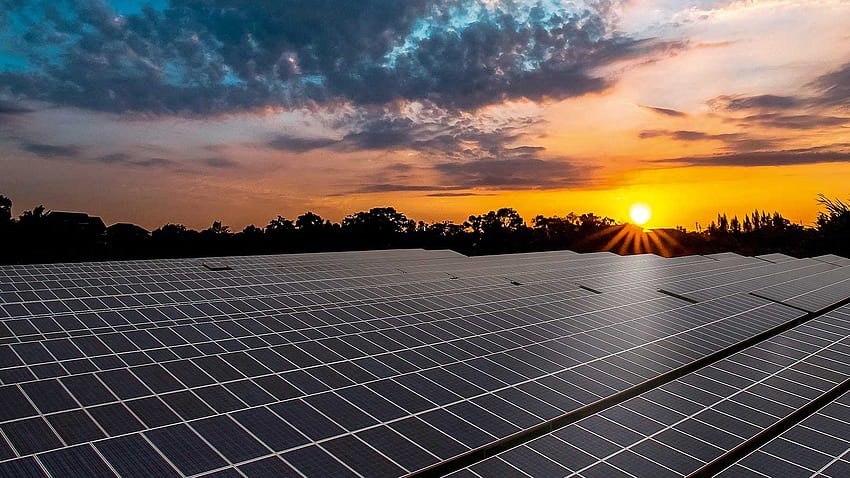
Key Facts About Solar Panels and Extreme Weather
Solar panels are built to handle various weather conditions. But weather events—like intense heat, heavy snow, or winds—can affect how they work. By understanding how your solar panels react to these conditions, you can take steps to keep them working efficiently. It’s not about avoiding bad weather but making sure your system is ready for it.
Fact #1: High Heat Negatively Affects Panel Efficiency
Since solar panels use sunlight to produce energy, many people believe that their panels will perform their best during heat waves. But the truth is that too much heat can negatively affect the system’s performance.
Too much heat impacts the efficiency of the semiconductor material that is used to generate electricity. Therefore, the panels need to stay cool to perform optimally.
When temperatures get too high, solar panel efficiency drops. The heat causes the panels to produce less electricity than they would in cooler weather. The measure of the efficiency drop due to temperate is called temperature coefficient. It shows how much energy output drops when temperatures rise above 25°C (77°F).
For most solar panels, every degree above that temperature can reduce efficiency by about 0.3% to 0.5%. In very hot areas, this can add up. For example, if the temperature reaches 40°C (104°F), you could lose up to 7.5% of the energy your panels would normally generate.
To help combat this, you can install cooling systems or leave space between your panels to allow air to flow better. This helps keep the panels cool and working efficiently.
Fact #2: Snow can Damage Solar Panels
Snow can cause trouble for solar panels. While snow may seem harmless, it can block sunlight from reaching the panels, reducing their ability to produce energy. Snow and ice can also accumulate on the surface, which adds weight and could cause physical damage to the panels.
If you live in a snowy area, it’s important to clear off snow regularly. You can use a soft broom or a special roof rake to gently remove snow and ice. Never use sharp tools, as they could scratch or crack the panels. For areas with heavy snow, panels with heated elements or steeper angles may help snow slide off more easily.
Fact #3: Strong Winds and Hurricanes Can Damage Panels
Winds are another risk. While solar panels are designed to withstand regular weather conditions, winds like those during a storm, can be dangerous. Powerful winds can damage panels or even tear them off the roof if they aren’t installed properly.
In the UK, winter months usually get wind storms. To protect against such winds, it’s essential to use strong mounting systems. These systems are built to keep the panels securely in place, even in gusty conditions. In hurricane-prone areas, make sure your solar installer uses durable mounts that are rated to handle extreme winds. This will help protect your system and keep it running safely.
Fact #4: Heavy Rain Does not Reduce the Need for Panel Cleaning
You might think that rain would clean your panels, but it usually doesn’t. Rain can wash off some dirt, but it doesn’t remove everything. Dust, debris, and even bird droppings can still build up on the surface. Over time, this blocks sunlight and reduces the panels’ ability to generate power.
So, even after a heavy rainstorm, it’s important to clean your panels regularly. A simple cleaning once or twice a year can make a big difference. If you live in a dusty area, you may need to clean the panels more often to keep them performing at their best.
Fact #5: Weather has a Long-Term Impact on Solar Panels
Extreme weather events don’t just affect solar panels in the short term. Over time, repeated exposure to harsh weather can wear down the materials, shortening the lifespan of your panels. Heat, snow, ice, and wind can all cause wear and tear. While solar panels last around 25 to 30 years, events like these can shorten their effectiveness.
Regular maintenance and inspections can help prevent long-term damage. Check for signs of physical wear, like cracks or broken mounts, and fix them quickly to avoid further issues. Choosing durable panels designed for extreme weather can also extend their lifespan.
Top Tips for Keeping Panels Safe from Weather Extremities
Here is a summary of the top tips you need to follow to keep your renewable energy source safe and working efficiently:
1. Install Panels with Proper Spacing
Make sure there’s enough space between your panels to allow airflow and prevent overheating in hot weather. A professional solar installation company like Samso Solar can help you with this.
If you’re located in sunny locations in the South of England like Brighton, Portsmouth, Southampton, and Chichester, Samso Solar’s experts might recommend you to install a cooling system to keep your panel’s efficiency high even during those scorching days.
2. Clear Snow and Ice Regularly
Since snow and ice can cover up the panels and also weigh them down, it is important to keep them clear of snow and ice. Make sure that you use a soft broom to remove the snow without causing any damage like chips or scratches to the panels.
3. Use Strong Mounting Systems
Ensure your panels are installed with sturdy mounts, especially in windy areas or places prone to hurricanes. When you opt for a company like Samso Solar in the UK, you can be sure that they will help you with a robust solar installation.
4. Clean Panels Regularly
Even after rain, clean panels to remove dirt and debris. Lots of rain doesn’t mean that the panels will get washed. The rain marks left behind by the water droplets can negatively affect their efficiency.
5. Inspect for Damage
After storms or extreme weather, check your panels for any visible damage. If you identify any chips, cracks, or sudden performance decline, call for repair services. If you neglect the issue, it might cause you more damage.
6. Choose Durable Panels
Invest in high-quality panels built for extreme weather. This helps ensure your system lasts longer. Samso Solar’s experts are aware of the weather challenges. So, they can help you choose the right, most durable panels according to your local weather.
Conclusion
Solar panels are built to handle different weather conditions. But now, because of climate change, the occurrences of these events have increased.
Even though panels are robust, thanks to technology, extreme weather can still impact their performance. Heat, snow, high winds, and heavy rain all affect how much energy your system produces.
By maintaining your panels and ensuring proper installation, you can protect them from weather extremes and keep them working efficiently for years. Solar panels are reliable, even in tough climates, as long as they are cared for. With a little attention, you can enjoy the benefits of solar energy no matter what the weather throws your way.

